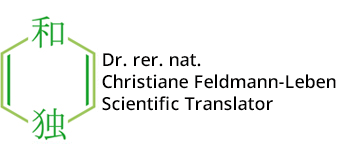Materials Chemistry 2017 in Liverpool
Every second year, the advances of materials chemistry are discussed in a fantastic conference of the Royal Chemical Society (RSC). Material is a broad term, and most issues in modern life need materials, be it clothes, mobile phones, energy devices or medicine. No big surprise therefore, that so many researchers of so many fields come together. 5 parallel sessions were offered each day, surrounded by plenary lectures and poster sessions. It was most difficult to make the right choices.
Whereas thermoelectric materials may seem completely uninteresting to the layman (who is probably wondering what I am talking about), novel materials for solar cells seem much important for our future energy supply. In fact, both techniques are interesting to solve our energy problems in future. Solar cells are self-explaining, but thermoelectrica convert thermal energy into electricy which is very interesting for process heat or exhaust gas heat in a car. And both have been the central point of multiple talks. The progresses made for perovskite and dye-sensitized solar cells are very interesting and one concept was presented that enables an indoor application. This means, you can produce energy while reading a book in lamp light!
Another interesting field are applications in the medical area, namely drug delivery, contrast agents, etc. A most inspiring method is the use of “bioink” which includes biomaterials such as cells or enzymes in a printable matrix. This can then be used for concepts like organ-on-a-chip, and, eventually, organ printing.
In the end, I have learned a lot, met very nice people and experienced a most exciting city – Liverpool – celebrating its musical and shiping heritage.
